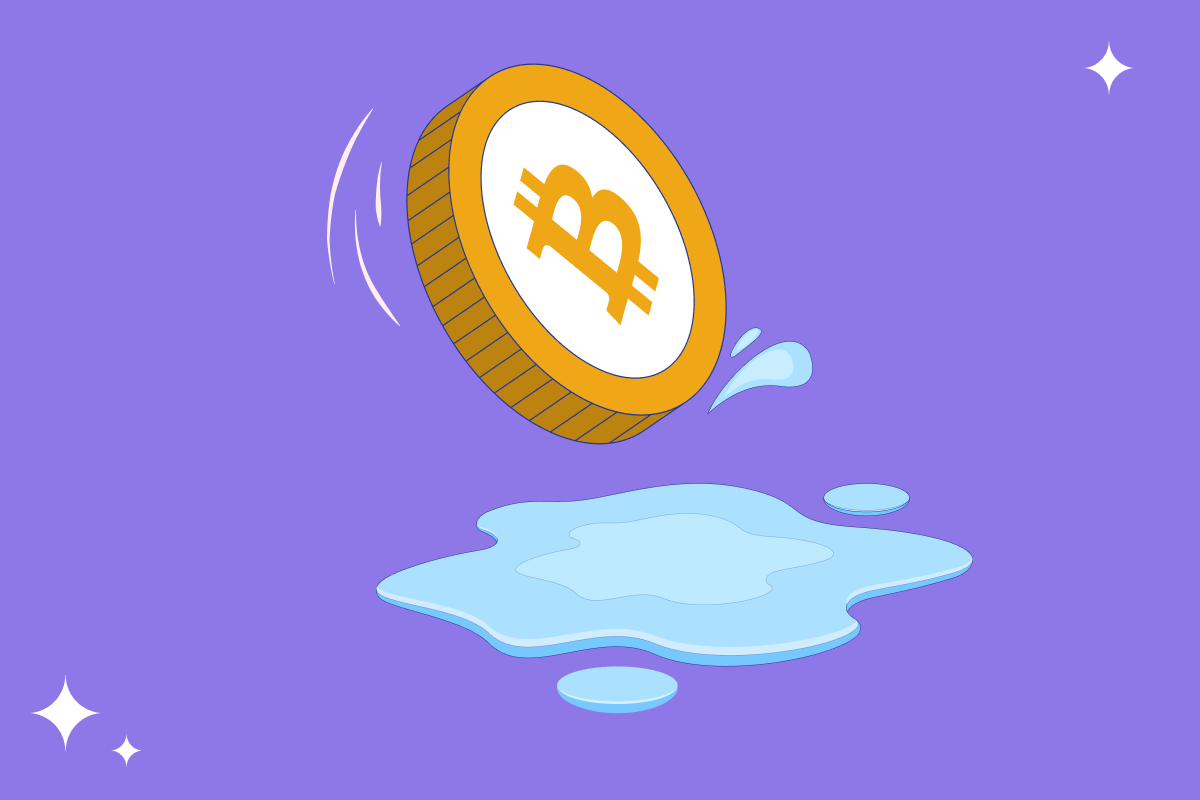Crypto trading is exciting, right? You hit “purchase” or “sell,” expecting to score that perfect price, and then—bam!—you realize the trade went through at a totally different price. What just happened? That, my friend, is slippage. It’s a sneaky little thing that can eat into your profits or even turn a winning trade into a loss.
But don’t worry; we’ve got you covered. In this guide, we’ll break down slippage, why it happens, and—most importantly—how you can avoid it. Let’s dive in!
What is Slippage in Crypto Trading?
Slippage happens when the price you expected to trade at doesn’t match the actual execution price. For example, you plan to get Bitcoin at $35,000, but by the time your order is executed, it’s $35,100. That extra $100? Yep, that’s slippage.
It’s not always bad, though. Slippage can sometimes work in your favor (more on that later), but the goal is to minimize the times it doesn’t. In crypto’s fast-moving markets, where prices can swing wildly in seconds, understanding slippage is essential for every trader.
Why Does Slippage Happen?
Slippage isn’t just random bad luck. It happens because of a mix of factors, including:
High Market Volatility
Crypto markets are crazy volatile. Prices can move up or down by hundreds (or even thousands) of dollars in seconds. If there’s a big price swing between the time you place your order and when it gets executed, slippage occurs.
Low Liquidity
Ever tried to purchase a coin and noticed there aren’t enough sellers at the price you want? That’s low liquidity in action. When a market doesn’t have enough buyers or sellers, your trade has to move to a higher or lower price to get filled.
Large Order Sizes
Placing a massive trade? It could overwhelm the market’s order book, meaning your trade gets executed at multiple price levels. The result? Slippage.
Slow Execution Speeds
In crypto trading, every millisecond counts. If your order takes too long to process, prices can change by the time it’s completed. This is especially common during high-demand periods.
Types of Slippage: The Good, the Bad, and the Ugly
Did you know slippage isn’t always a bad thing? Let’s break it down:
- Positive Slippage: This is the rare happy accident when your trade gets executed at a better price than you expected. For example, you planned to purchase Bitcoin at $35,000, but it gets filled at $34,900. Sweet!
- Negative Slippage: The not-so-happy scenario. This happens when your trade goes through at a worse price than you wanted. Most of the time, when traders complain about slippage, they’re talking about this kind.
The focus of this blog is on minimizing negative slippage, because that’s the one that hurts your wallet.
How to Avoid Slippage in Crypto Trading
Now, the good stuff! Here are some practical strategies to avoid slippage and keep your trades on track.
Use Limit Orders (Not Market Orders)
If you’re serious about avoiding slippage, limit orders are your best friend. Unlike market orders, which execute at the current market price, limit orders let you set the exact price you’re willing to pay (or receive).
For example, if you place a limit order to purchase Bitcoin at $35,000, it’ll only execute if the price is $35,000 or lower. No surprises, no slippage.
Pro Tip: Limit orders work best in stable or highly liquid markets. If prices are moving too fast, your order might not get filled.
Trade During High Liquidity Periods
Timing is everything in crypto trading. High liquidity—when there are plenty of buyers and sellers—is your ally. It reduces the chances of slippage because there’s a greater chance your trade will be filled at your desired price.
So, when is liquidity highest? Typically, during overlap hours of major markets (e.g., the U.S. and European trading hours). You can also check an exchange’s volume charts to identify peak trading times.
Break Up Large Trades
Got a big trade to make? Don’t do it all at once. Large orders can drain the order book at your desired price level, forcing the rest of your trade to be executed at worse prices. Instead, split your order into smaller chunks to reduce the impact on the market.
Example: If you want to purchase $50,000 worth of Ethereum, break it into 5 smaller trades of $10,000 each. This way, you’ll minimize slippage while getting better price execution.
Avoid Trading During High Volatility Events
Big news in the crypto world—like regulation announcements or macroeconomic reports—can send markets into a frenzy. During these times, prices fluctuate wildly, and slippage is almost guaranteed.
If you know a big event is coming up, it’s better to stay on the sidelines or stick to limit orders until the market stabilizes.
Choose a Reliable Exchange
Not all crypto exchanges are created equal. Some have faster execution speeds and deeper liquidity than others, which can help reduce slippage. Look for exchanges that are known for their performance, especially during periods of high trading activity.
Pro Tip: Popular exchanges like Binance, Coinbase Pro, and Kraken usually have better infrastructure to handle large volumes and rapid price changes.
Monitor Market Depth
Market depth shows you the number of purchase and sell orders at different price levels. A shallow market (low depth) means higher chances of slippage, while a deep market offers more stability.
Before placing a trade, check the order book to see if there’s enough volume at your target price to execute your trade without slippage.
Tools and Resources to Help You Avoid Slippage
Trading in the crypto world doesn’t have to feel like a guessing game. Here are some tools and settings to give you an edge:
Slippage Tolerance Settings
Platforms like Uniswap and PancakeSwap let you set a slippage tolerance (e.g., 1%, 2%). If the price changes beyond your tolerance, the trade won’t go through. While this doesn’t guarantee execution, it protects you from major price deviations.
Stop-Limit Orders
Combine the power of stop orders and limit orders to control your trades. For instance, you can set a stop-limit order to sell Bitcoin if it drops below $34,000 but only if the price is still above $33,900. This gives you more precision and control.
Algorithmic Trading Bots
Trading bots can execute trades faster than humans and can be programmed to avoid slippage by working with limit orders and monitoring market conditions in real-time.
Practical Tips for Long-Term Success
Avoiding slippage isn’t just about tools and strategies—it’s also about having the right mindset and habits. Here are a few additional tips to keep in mind:
- Stick to Your Trading Plan: Predefine your entry and exit points and avoid making impulsive decisions.
- Keep an Eye on Fees: Slippage isn’t the only cost to consider—exchange fees can also add up and affect your profits.
- Stay Updated on Market Trends: Use technical analysis and news updates to predict volatility and liquidity levels.
Conclusion
Slippage in crypto trading might feel inevitable at times, but with the right strategies, you can minimize its impact. Use limit orders, trade during high liquidity periods, break up large trades, and always choose reliable exchanges. Combine these tips with the tools available—like slippage tolerance settings and algorithmic bots—and you’ll be well on your way to smoother, more profitable trading.
At the end of the day, trading is all about staying informed and being proactive. By understanding what causes slippage and taking steps to avoid it, you can take control of your trades and keep your profits intact.







